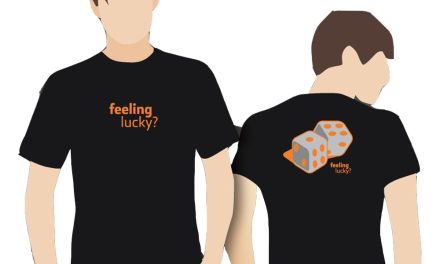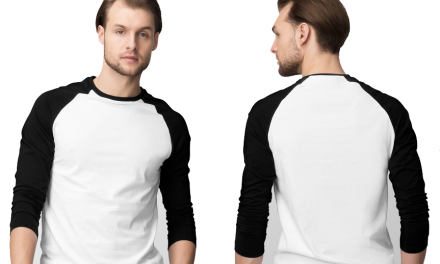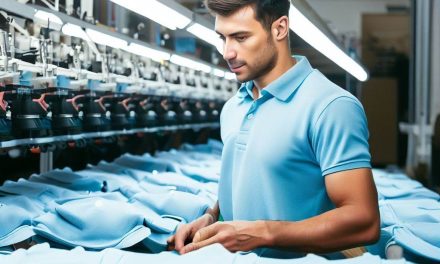Garment production flow chart includes lots of departments involved.
To execute an order from receiving to ship the process generally goes through 45-90 days of the timeline.
Depends upon the requirements of the designer. The size of the buyer/supplier is also an influential factor to determine the timeline.
Small buyers/suppliers may not follow each step to make a product, on the other note, big buyers/suppliers follow numerous details of the production.
We are going to discuss the garment production flow chart that is followed in the middle-sized manufacturing units.
1. Order Received
before we receive any order, basically lots of stuff have been done though, we are going to start the flow chart from order receiving.
Because we don’t go to production unless the order is confirmed. Before confirming the order, buyer requires different kinds of samples to check the quality and designer’s idea.
Among bunch of development, maximum designs drop off and this is also a lengthy process. However, production goes on whichever got approved from the development.
2. Sample Development
In fact, you got the order after showing different mock-up samples, still you need to show more samples like, fit sample, photo sample, pre-production sample, production sample.
Different buyers call these samples in different names like sign-off samples, green seal samples, red seal samples, gold seal samples.
This stage serves numerous purposes to customize the style/design.
If any amendment needed, buyer/designer comments on what they got submitted.
3. Material Production/sourcing
process of sourcing/producing the materials runs at the same time as developing sample.
This process includes the sourcing of fabric knitter/weaver, trims, and accessories.
If the factory or manufacturer has its own arrangement to knit/weave the fabric, they need to source the yarn and do it by themselves.
Other required things like buttons, sewing thread, zipper, tags, labels, insert cards, ribbons, drawstrings, and packaging materials should be in-housed prior to cutting/stitching the fabric.
4. Cutting
Once the fabric is ready and the style is approved, the garment production flow chart runs through cutting.
Making the pattern based on the approved sample, fabrics are cut into pieces. Smaller factories do it manually laying the paper with the pattern drawn.
Advanced with technology factories use laser cutting machine that increases productivity and reduce the cost and time.
5. Design Customization
In accordance with the approved sample, the production unit uses to customize the design.
Designers may require the latest trend printed, dyed, embroidered.
In the case of dyeing, the processing is done before cutting.
Moreover, printing may also be done before the cutting depending upon the printing style’s requirements.
After doing these customizations, fabrics go to the stitching floor.
6. Stitching
this is the main task of the production, assembling all cut pieces into a complete product.
Advanced factories use computerized sewing machines. Sewers need to be familiar with different types of machines and the ways of operating them.
Care labels, logo labels, size labels, and batch labels are attached in this stage.
7. Packing
The final stage of production is packing.
After taking approval on the packing fold and accessories details, packaging starts.
Barcode, insert card, hang tags, price tags, and any kind of decorative packaging items are attached to the product in this stage.





Recent Comments